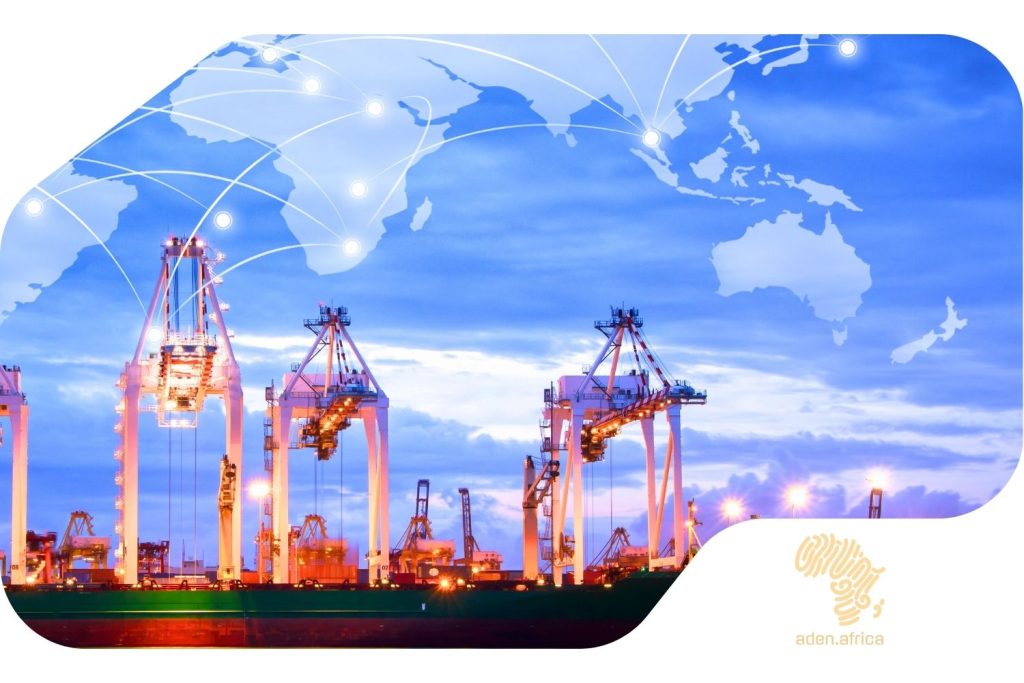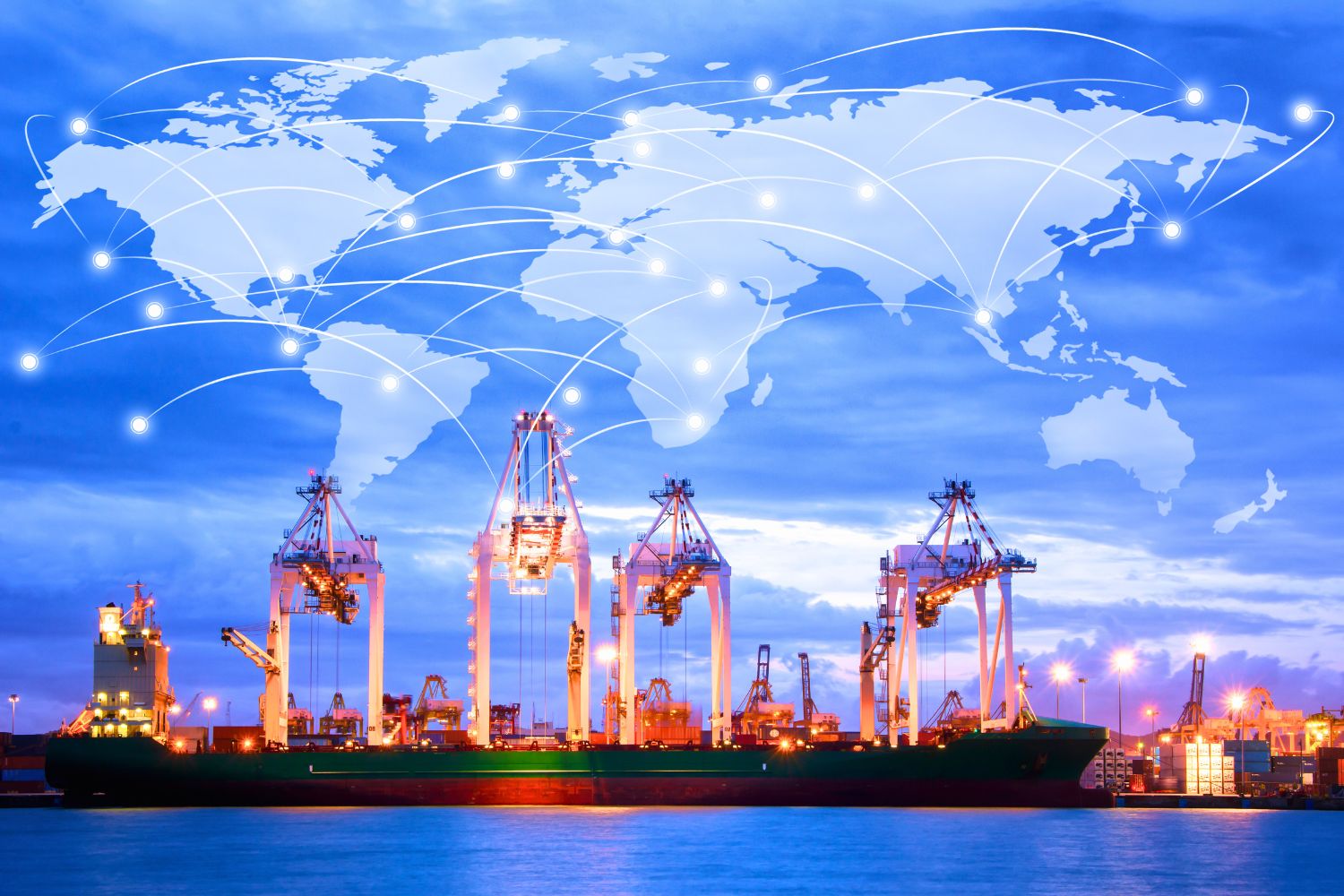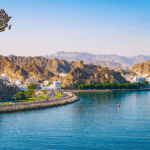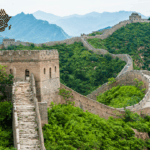Introduction: Beyond a Line on a Map

The ambition to connect the Atlantic and Indian Oceans across the African continent is more than an infrastructure dream; it is a geopolitical earthquake in the making. For centuries, maritime choke points like the Suez Canal and the Strait of Malacca have dictated the rhythm of global trade. A direct land bridge across Africa, such as the proposed Great Equatorial Land Bridge (GELB), would not just create a new trade route but would also fundamentally redraw the strategic map of the 21st century. For the “Strategic Kingmaker,” understanding the deep-seated geopolitical implications of such a corridor is paramount. It represents a once-in-a-generation opportunity to influence the flow of capital, resources, and power on a global scale.
The New Great Game: Why a Trans-African Corridor Matters
The geopolitical significance of an Atlantic-Indian Ocean corridor can be understood through three primary lenses: trade disruption, resource security, and the shifting balance of power.
Disrupting the Arteries of Global Trade
Today, the vast majority of trade between Asia, Europe, and the Americas flows through a few congested and vulnerable maritime channels. The Suez Canal, for instance, is a critical artery, and its temporary blockage in 2021 demonstrated the fragility of global supply chains. A trans-African land bridge would offer a powerful alternative, a high-capacity terrestrial route capable of moving goods with greater speed and predictability.
This is not merely about creating redundancy. It is about creating a competitive advantage. For nations and corporations, the ability to bypass traditional choke points means:
- Reduced Transit Times: Slashing weeks off shipping times between the industrial hubs of Asia and the consumer markets of the Americas and Europe.
- Enhanced Security: Mitigating the risks of piracy, political instability, and maritime conflict that plague existing sea lanes.
- New Economic Hubs: Catalyzing the development of new logistical and industrial centers along the corridor, transforming the economic geography of Central Africa.
Securing the Resources of the Future
The African continent is home to a vast repository of the world’s critical minerals, from the cobalt and copper essential for the green energy transition to the rare earth elements that power our digital lives. However, a lack of infrastructure has historically hampered the efficient extraction and export of these resources.
A land bridge would act as a powerful “resource conveyor belt,” unlocking the mineral wealth of the continent’s interior. This has profound implications for global powers locked in a fierce competition for resource security. For the United States, the European Union, and China, securing reliable access to these minerals is a matter of national and economic security. The entity that builds and controls this corridor will, therefore, hold significant leverage over the global supply chains of the future.
The Players on the Chessboard: A Clash of Interests
The development of a trans-African corridor is not happening in a vacuum. It is the central chessboard in a new “Great Game” for influence in Africa, with three major players at the table.
- China: Through its Belt and Road Initiative (BRI), China has been the most aggressive investor in African infrastructure. For Beijing, a land bridge is a natural extension of its strategy to secure resources, open new markets for its goods, and expand its political influence. China’s state-led model allows for rapid, large-scale investment, but often comes with concerns about debt sustainability and a lack of transparency.
- The European Union: With its Global Gateway strategy, the EU is attempting to counter China’s influence by offering a “values-based” alternative. The EU’s focus is on sustainable development, good governance, and creating local value. For Europe, a stable and prosperous Africa is essential for its own security and economic future. A trans-African corridor is a key project to anchor its influence and ensure it is not sidelined in the race for African resources and markets.
- The United States: The U.S. has responded with initiatives like the Partnership for Global Infrastructure and Investment (PGII). Washington’s primary concern is to counter the strategic challenge posed by China. The U.S. aims to leverage its private sector and technological expertise to offer a more transparent and sustainable model for infrastructure development. For the U.S., a key goal is to ensure that critical supply chains do not fall under the exclusive control of a geopolitical rival.
This competition creates a complex and dynamic environment. For the “Strategic Kingmaker,” the opportunity lies in understanding the motivations and constraints of each player and identifying opportunities to build coalitions and shape outcomes.
Conclusion: Architecting the Future
Connecting the Atlantic and Indian Oceans is a monumental undertaking with the power to re-shape the global order. It is a project that will not only unlock immense economic value but will also create new centers of gravity in international politics. The geopolitical stakes are immense, and the competition for influence is fierce. For the discerning investor and strategist, this is not a time for passive observation. It is a time for strategic engagement, for understanding the deep currents of this new “Great Game,” and for positioning oneself to be an architect of the future. The Great Equatorial Land Bridge is not just a project; it is a paradigm shift. And for the Strategic Kingmaker, it is the opportunity of a lifetime.







